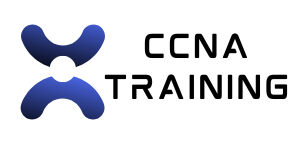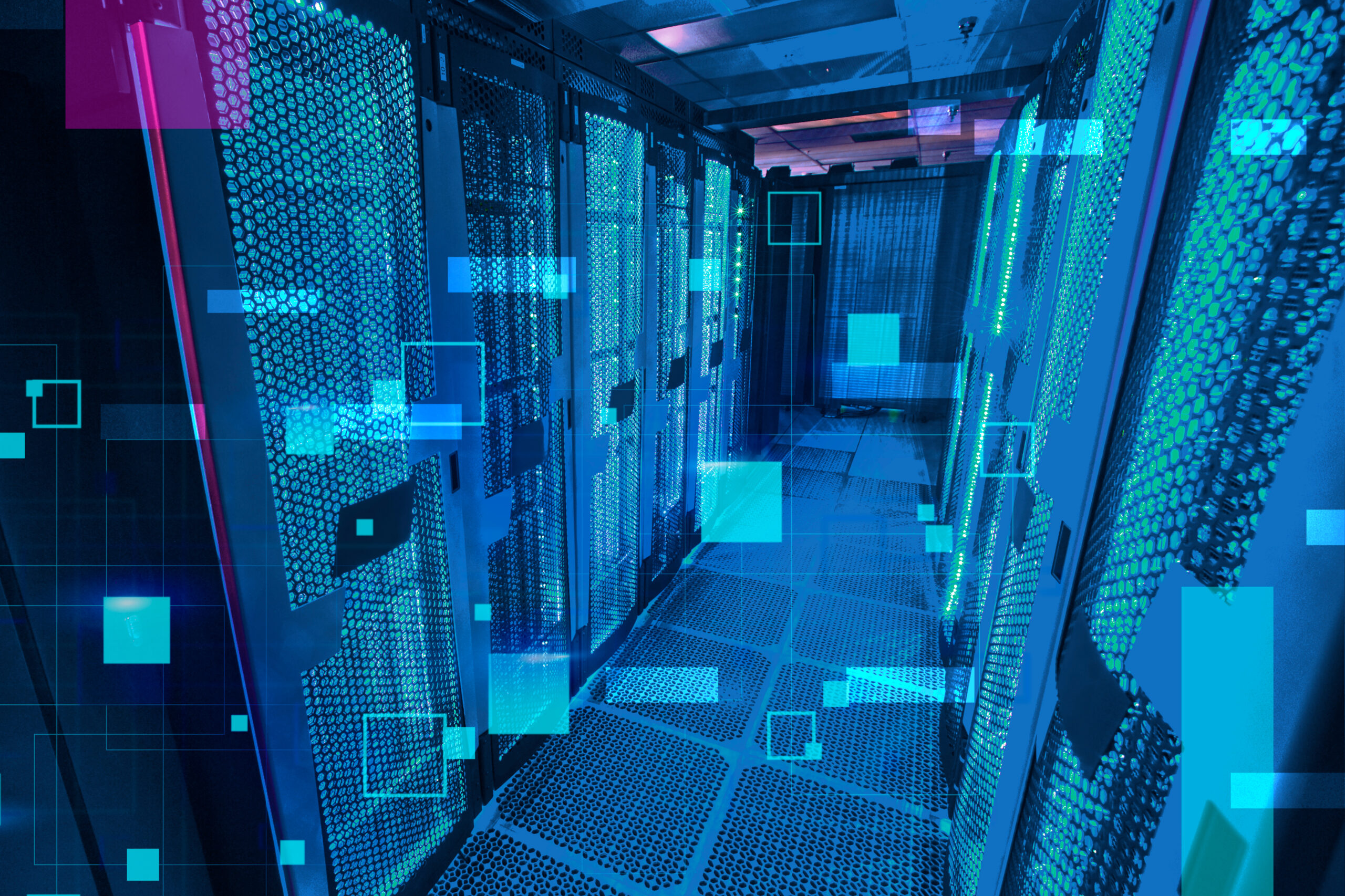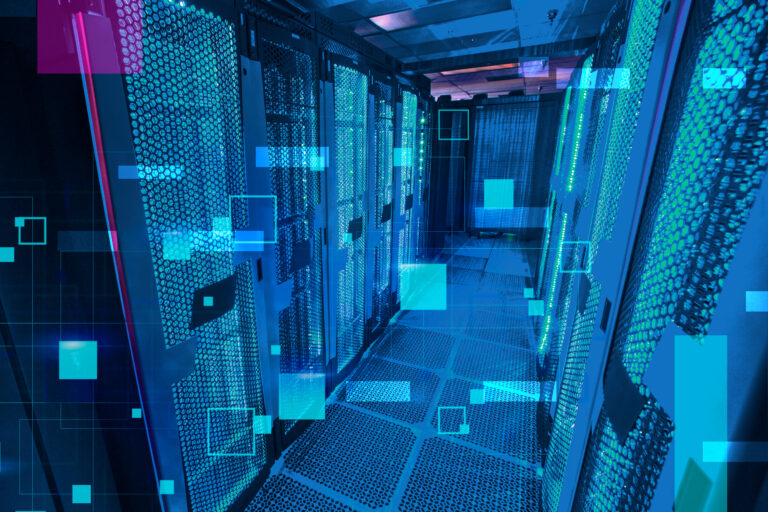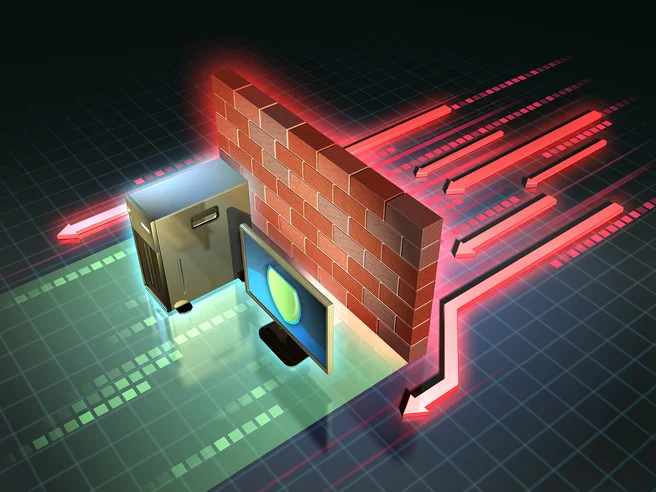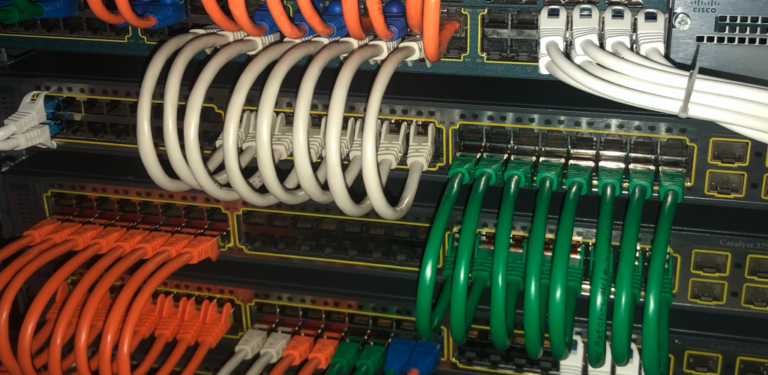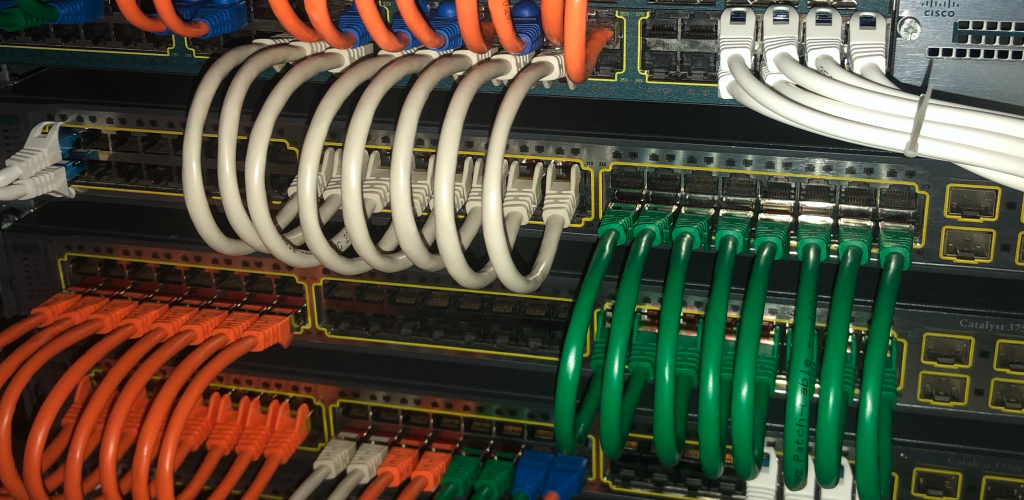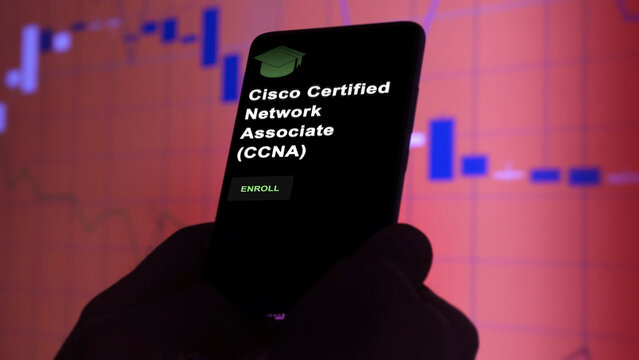Transforming Healthcare with Cisco Technology
Cisco Technology is changing the way healthcare works. There are big and fast changes happening in the world of health care. Ten years ago, it would have seemed almost impossible for hospitals, clinics, and care networks to change in the ways they are now being asked to. Patients have higher expectations now, regulations are harder to follow, and new technologies are coming out so quickly that the way care is given is very different from how it used to be.
In today’s healthcare system, having skilled doctors, cutting-edge equipment, and well-run facilities is no longer enough. Secure networks, smart systems, and reliable communication platforms are what make modern medicine work. Technology now has a direct impact on how well care is given, how well medical teams work together, and how safely patient data is stored.
Cisco, a long-time leader in networking and IT solutions, is now a key partner for healthcare organizations that are going through this change. The company’s approach goes beyond just selling hardware. It builds secure, strong, and flexible networks that connect all parts of the healthcare system, from big city hospitals to small rural clinics.
Meeting Modern Healthcare Challenges
Healthcare today has problems that need both short-term fixes and long-term plans. The amount of medical data being made and stored every day is growing at an incredible rate. Every scan, lab result, patient note, and monitoring reading needs to be stored, processed, and sent securely, and often in real time. Patients’ preferences for how they want to receive care have also changed. Virtual visits, remote diagnostics, and ongoing monitoring are no longer just nice-to-haves; they are becoming standard expectations.
This change also makes security even more important. Cybercriminals know that medical systems can’t afford to be down, so healthcare is one of the most targeted industries. A ransomware attack on a hospital doesn’t just put the hospital’s money at risk; it can also put patients’ safety at risk. The Internet of Medical Things (IoMT) has also brought thousands of connected devices into hospitals and clinics. Each device makes care better in some way, but if they aren’t managed correctly, they could also be a security risk.
Building a Strong and Flexible Technology Ecosystem
Cisco solves these problems by providing a technology ecosystem that is both strong and flexible. A network foundation that guarantees reliability is at the center of this ecosystem. In healthcare, there is no time for downtime. Cisco’s Catalyst switches, Nexus data center platforms, and Meraki cloud-managed networks keep things running smoothly by giving priority to important medical apps. This means that network congestion never gets in the way of patient care. It is especially useful for healthcare systems with many facilities spread out over large areas that can manage these solutions from one place.
Cisco is also making a difference in the area of communication and teamwork. Medical professionals can connect in real time through secure video, messaging, and file sharing on the company’s Webex platform. This is very important for daily care team meetings, consultations with specialists, and even virtual grand rounds. Hospitals can make video consultations a normal part of care by connecting Webex to electronic health record systems. This keeps everything connected in a safe and legal way.
Security at the Core
All of these features are based on security. Cisco’s healthcare security solutions are meant to keep both outside threats, like ransomware, and inside threats, like people getting access to patient data without permission, at bay. Multi-factor authentication, network segmentation, and advanced threat detection tools all work together to make it less likely that a breach will happen. Cisco’s Identity Services Engine can find each connected medical device, keep an eye on what it’s doing, and separate it from the rest of the network if it starts acting strangely.
Advancing Telehealth
Telehealth is one of the most obvious places where Cisco has had an effect. Even in areas with poor internet infrastructure, the company has made it possible for healthcare providers to give high-quality virtual care. Webex has strong encryption and follows privacy rules, so it can send clear audio and video. This means that a patient in a rural area can see a top specialist who is hundreds of miles away without having to travel, which saves time, money, and stress. It also means that specialist teams in hospitals can work together from different places, looking at imaging, lab results, and patient charts at the same time.
Expanding the Role of IoMT
The Internet of Medical Things is also becoming more important. Nowadays, medical devices are often made to automatically send data to hospital systems. This lets doctors know if a patient’s condition changes. This can include anything from bedside monitors in an ICU to wearable devices that keep track of heart rhythms at home. Cisco’s networking tools make sure that these devices stay connected, and its security tools make sure that the data they send is safe at all times. Real-time data transmission can save lives when every second counts.
Protecting Patient Data
It is both a legal and a moral duty to protect patient data. Cisco supports a “Zero Trust” security model, which says that no device or user is automatically trusted, even if they are already on the network. Every time someone tries to get to sensitive data, it must be checked. VPNs and multi-factor authentication keep remote access safe, so doctors and staff can work from outside the hospital without putting patient information at risk. Cisco’s SecureX platform combines data from many security tools, giving IT teams a single view of possible threats and letting them act quickly.
Real-World Impact
You can see how these technologies work in the real world. Cisco’s Meraki systems have helped big hospital networks make IT management easier across many sites. This has increased uptime and allowed staff to work on projects that are more focused on patients. Rural clinics have started using Webex to connect patients with specialists without having to travel far, which cuts down on missed appointments and improves the continuity of care. By separating medical devices from other parts of the network, regional hospitals have made their IoMT security better. This lowers the risk of a single device being the entry point for a major attack.
Looking Toward the Future
In the future, combining AI and automation will take healthcare even further. AI tools, when used with Cisco’s network data, could help find device failures, see strange network patterns that could mean a cyber threat, or even find early warning signs in patient health data. Automated systems could quickly deal with security threats by cutting off compromised devices or blocking suspicious traffic before a person has to step in. Hospitals could use predictive analytics to cut down on readmissions, make patients better, and run more smoothly.
The future of healthcare will depend on how well technology is used in all parts of care delivery. Cisco is not only keeping up with the future; it is also helping to shape it. Cisco is helping healthcare organizations meet the needs of today while getting ready for the problems of tomorrow by providing systems that are safe, reliable, and flexible.
Cisco is an important part of making sure that modern healthcare is connected, safe, and ready to provide the best care possible. For example, it powers telehealth visits in small towns and protects thousands of medical devices in big hospitals. It’s more important than ever to have a partner who can keep the technology running smoothly and safely in an industry where every second counts.

